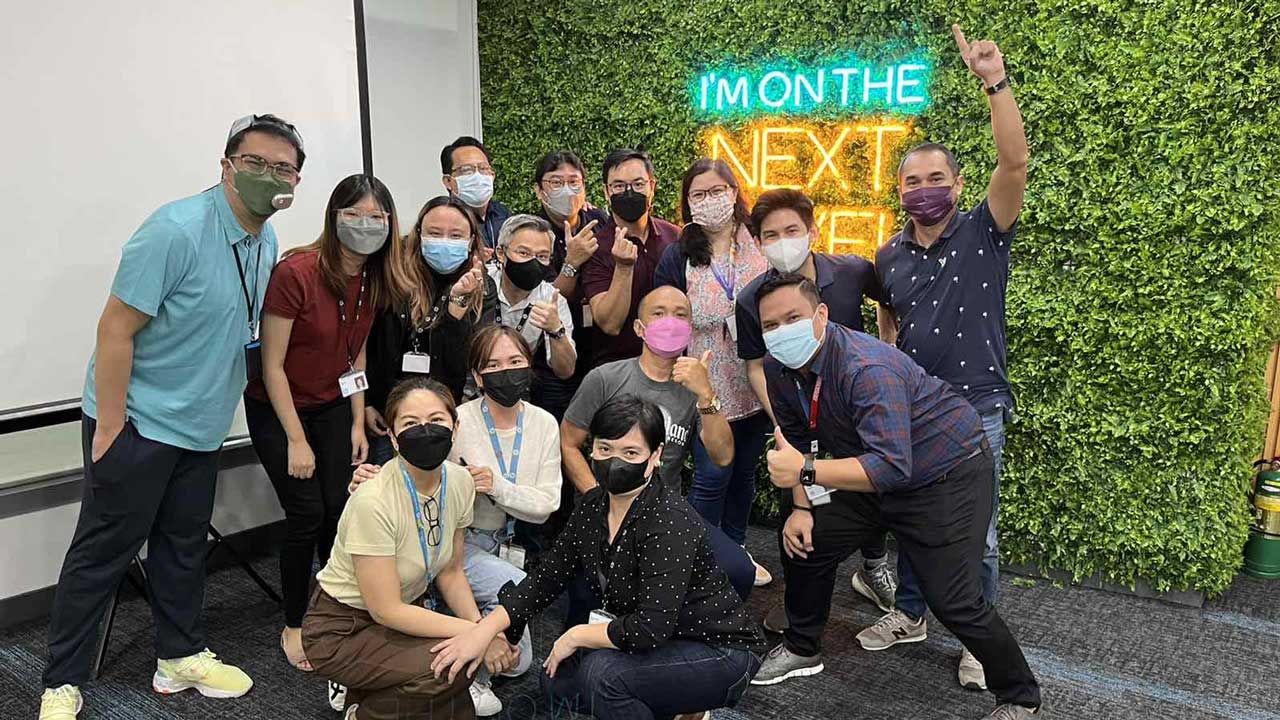The success of any organization hinges on the strength and cohesion of its teams. Team assessments have emerged as a valuable tool in deciphering the dynamics of these crucial units within a company.
These assessments go beyond the surface and delve deep into the intricacies of team dynamics, helping organizations identify areas for improvement and facilitating the development of stronger, more effective teams.
Here, we’ll decode the world of team assessments, exploring their significance, benefits, and strategies to use them effectively in building robust and high-performing teams.
Unlocking the Power of Team Assessments
Effective teamwork is the backbone of any organization. When teams function optimally, they can tackle complex challenges, innovate, and drive results. Conversely, dysfunctional teams can hinder progress, create conflict, and lead to disengagement among team members.

Team assessments provide a structured approach to understanding team dynamics, helping organizations identify and address issues before they escalate. By doing so, they contribute to improved productivity, job satisfaction, and overall organizational success.
A Step-by-Step Guide to the Road to Stronger Teams
1. Setting Clear Objectives
Before embarking on a team assessment journey, it’s essential to define clear objectives. What specific aspects of team performance do you want to evaluate?
Are you looking to enhance communication, resolve conflicts, or boost creativity? Setting concrete goals will guide the assessment process and ensure that you collect relevant data.
2. Choosing the Right Assessment Tool
Selecting the appropriate assessment tool is crucial to obtaining meaningful insights. There is a plethora of options available, ranging from self-assessment questionnaires to 360-degree feedback surveys.
Consider your team’s size, structure, and goals when deciding on the best fit. Additionally, ensure that the chosen tool aligns with your objectives and is easy for team members to use.
3. Gathering Data
Once you’ve chosen your assessment tool, it’s time to collect data. Encourage team members to participate honestly and openly. Anonymous surveys can help team members feel more comfortable sharing their thoughts and concerns.
It’s essential to ensure that the data collected is both qualitative and quantitative, providing a comprehensive view of the team’s dynamics.
4. Analyzing the Results
After gathering the data, the next step is to analyze the results. Look for patterns, trends, and outliers that can offer valuable insights into your team’s functioning.
Pay attention to areas where team members are aligned and where there are discrepancies in their perceptions. This analysis will form the basis for action-oriented strategies.
5. Developing Action Plans
With a clear understanding of your team’s strengths and weaknesses, it’s time to develop action plans. Identify specific areas that require improvement and create strategies to address them.
These strategies may include team-building exercises, training programs, or changes in communication protocols. Ensure that action plans are realistic, measurable, and aligned with your organization’s goals.
6. Implementing Changes
Implementing changes based on your assessment findings is where the real transformation begins. Communicate the action plans to the team and provide the necessary support and resources to facilitate change.
Regularly monitor progress and adjust as needed. Keep in mind that building stronger teams is an ongoing process that requires dedication and commitment.
7. Evaluating Progress
After implementing changes, it’s essential to evaluate progress continually. Conduct follow-up assessments to measure improvements in team dynamics and performance.
Compare the results to your initial assessment to gauge the effectiveness of your strategies. Adjust your approach as necessary to achieve the desired outcomes.
Benefits of Team Assessments Elevate Organizations
Enhanced Productivity
Team assessments reveal bottlenecks and inefficiencies within teams, allowing organizations to streamline processes and improve productivity. When teams work seamlessly, they can accomplish more in less time.
Improved Communication
One of the most common challenges in teams is communication breakdowns. Team assessments identify communication gaps and provide insights into how to bridge them, leading to better collaboration and understanding among team members.
Conflict Resolution
Teams aren’t immune to conflicts, but effective conflict resolution is key to maintaining harmony. Assessments can uncover underlying issues and help organizations implement strategies to resolve conflicts constructively.
Enhanced Innovation
Innovation thrives in teams where diverse ideas are welcomed, and creativity is nurtured. Team assessments can identify areas where innovation is stifled and provide recommendations to foster a culture of creativity.
Increased Employee Engagement
Engaged employees are more likely to stay with an organization and contribute their best efforts. Team assessments help create a positive work environment, boosting employee satisfaction and retention.
Better Decision-Making
Informed decision-making relies on access to accurate data. Team assessments provide the data needed to make informed choices about team composition, roles, and strategies.
Organizational Growth
Strong teams contribute to the growth and success of the entire organization. By consistently improving team dynamics, organizations can achieve their goals more efficiently and stay ahead of the competition.
Final Words
Team assessments are a powerful tool for organizations seeking to build stronger, more effective teams. By understanding the intricacies of team dynamics and implementing targeted strategies, organizations can enhance productivity, communication, and overall performance.
The benefits extend beyond individual teams to impact the entire organization, leading to sustainable growth and success. Embrace team assessments as a valuable resource on your journey to building teams that excel in today’s ever-evolving business landscape.

I think it’s all about those teams, and team assessments are like the secret sauce for making them even better. These assessments dig deep into what makes a team tick, way beyond the surface stuff.